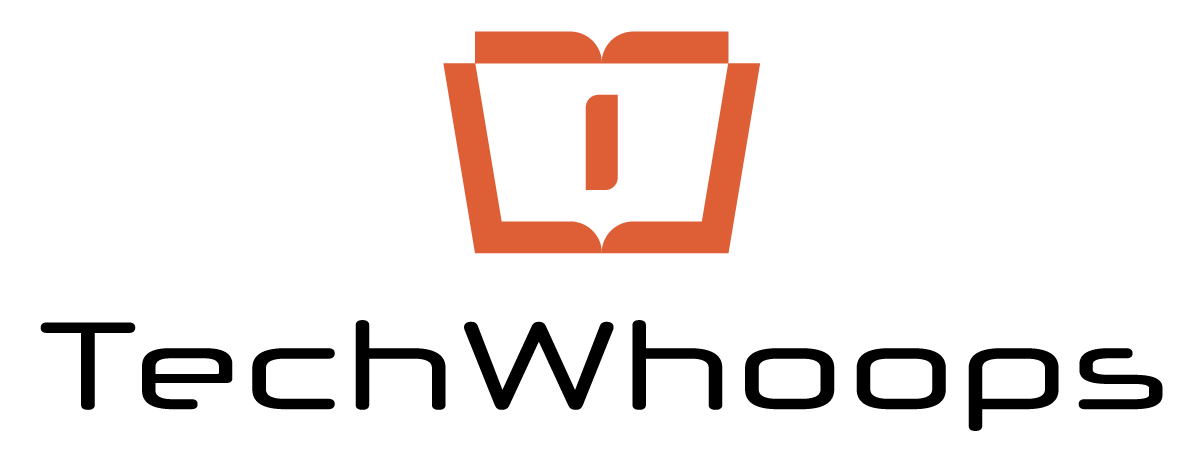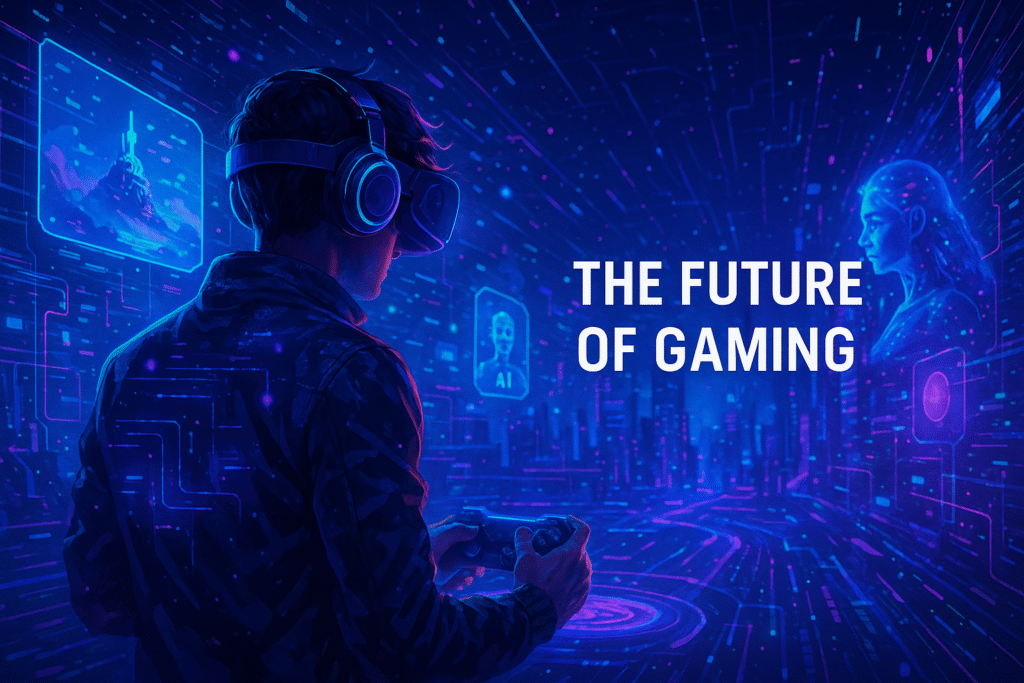The Future of Gaming: What Comes Next for Players and Developers
The gaming industry in 2025 is transforming faster than ever — powered by breakthroughs in artificial intelligence (AI), cloud computing, and immersive metaverse ecosystems.
It’s no longer just about sharper graphics or faster load times — it’s about reimagining how we create, experience, and connect through games.
1. AI and Machine Learning Redefine Gameplay in 2025
AI is no longer just controlling NPCs — it’s co-developing entire worlds. Modern studios leverage AI-assisted game design tools to create dynamic storylines, lifelike environments, and adaptive opponents that learn from each player’s behavior.
Games like No Man’s Sky and Minecraft pioneered procedural generation, but new AI tools — such as Unity Muse and OpenAI’s generative APIs — now let developers generate levels, dialogue, and physics systems in real time.
By 2030, expect natural-language world-building, where players can describe a setting, and AI renders it instantly.
2. Cloud Gaming Makes Hardware Obsolete
With platforms like Xbox Cloud Gaming, NVIDIA GeForce Now, and Amazon Luna, 2025 marks the tipping point where hardware is no longer a barrier.
All you need is a stable connection — not an expensive console.
Thanks to 5G and edge computing, cloud gaming now delivers near-zero latency, 4K streaming, and instant access across devices, from smartphones to smart TVs.
This democratization of gaming allows more players globally — including emerging markets — to enjoy high-end experiences.
3. The Metaverse Evolves Into Persistent Game Worlds
The metaverse has matured into a living ecosystem where gaming, social media, and digital economies merge.
Platforms like Roblox, Fortnite Creative, and Decentraland are early examples of persistent virtual worlds that grow and evolve with their communities.
By 2025, expect more interoperability, allowing players to move between experiences while keeping avatars, digital items, and even currencies intact — signaling a new phase of connected, creator-driven universes.
4. Blockchain Gaming and Verified Digital Ownership
Despite crypto market volatility, blockchain gaming has stabilized and matured.
The concept of player-owned assets — secured as NFTs or via decentralized identifiers — enables real, cross-game economies.
Imagine crafting a rare item in one game and selling it in another, backed by Ethereum or Polygon smart contracts.
Although sustainability and regulation remain topics of debate, the principle of verified digital ownership continues to gain traction among both developers and players.
5. Augmented and Virtual Reality Go Mainstream
In 2025, AR and VR have officially gone from experimental to essential.
Devices like the Apple Vision Pro, Meta Quest 3, and PlayStation VR2 have made fully immersive, mixed-reality gaming a mainstream reality.
Future AR games will merge the physical and virtual, overlaying dynamic elements onto real-world spaces.
Meanwhile, VR’s next frontier lies in haptic feedback, eye-tracking, and spatial sound, offering unparalleled immersion and presence.
See also: Apple Vision Pro – Official Overview
6. Cross-Platform Play and Unified Gaming Ecosystems
The boundaries between PC, console, and mobile gaming are collapsing.
Titles like Call of Duty: Warzone, Fortnite, and Rocket League have proven the success of cross-platform ecosystems, allowing players to connect regardless of device.
In 2025, major studios are moving toward “platform-agnostic universes”, supported by open APIs, unified cloud saves, and shared progress — setting the stage for a truly borderless gaming world.
7. Accessibility, Inclusivity, and Ethical Game Design
The future of gaming is about people first.
Modern developers are embedding accessibility tools, diverse character representation, and ethical monetization at the core of their design.
Organizations like AbleGamers and Microsoft’s Inclusive Tech Lab are setting the gold standard for ensuring everyone can play — regardless of ability or background.
At the same time, 2025’s developers are being held to higher standards on data privacy, mental health impact, and fair gameplay systems.
8. Generative AI and the Rise of Player-Created Worlds
We’re entering a new era of player-as-creator.
Generative AI tools empower gamers to design worlds, NPCs, and quests through voice or text prompts.
Projects like AI Dungeon and Scenario.gg illustrate how user imagination becomes the engine of entire games.
By the end of the decade, this could lead to infinite replayability — where every session is unique, personalized, and co-authored by AI.
Final Thoughts: The Next Level of Interactive Entertainment
The future of gaming isn’t one innovation — it’s a convergence of AI, VR, blockchain, and cloud technology.
Developers and players alike are shaping a living, connected universe, where creativity, inclusivity, and technology unite.
Whether you’re building the next indie hit or exploring virtual worlds, one thing is certain:
Gaming in 2025 is limitless — and we’re just pressing start.


